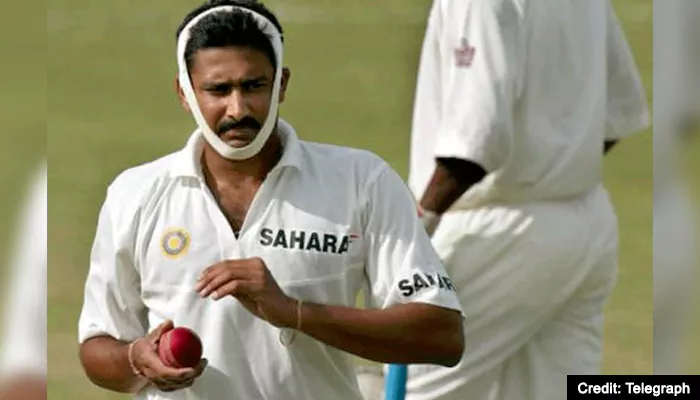
In India's month of remembrance, we revisit a tale of grit, glory, and an unbroken spirit
August, India's Independence Month, marks a time to reflect and celebrate stories of the nation's strength and pride. Let's take a moment to remember 2002, when, while far from home in the Caribbean, Anil Kumble showed incredible courage by bowling with a broken jaw to dismiss Brian Lara. This moment wasn't just about sports; it truly captured the resilience and sense of duty that the tricolour represents.
As the fourth Test of India's 2002 tour of the West Indies began, both teams were locked at 1-1 in the series, knowing that whoever emerged victorious here could decisively shift the balance.
In the first innings, India's batting showcased patience and strong partnerships. VVS Laxman scored a composed 130 off 296 balls, Ajay Ratra became the youngest wicketkeeper to score a Test century for India with an unbeaten 115, Rahul Dravid grinded out 91, and Wasim Jaffer added 86.
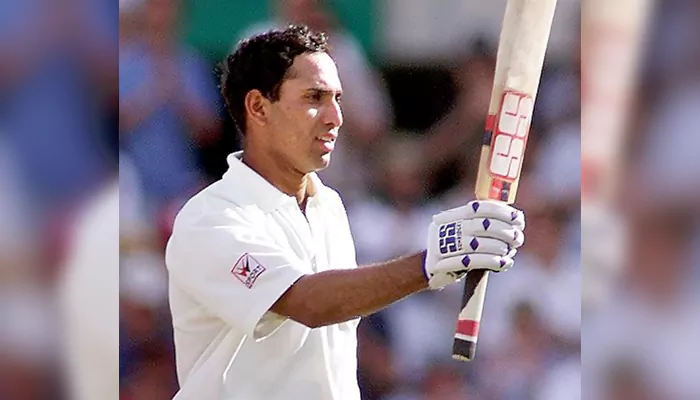
Their combined efforts took India to 513/9 declared. In response, the West Indies displayed their usual flair and determination - Carl Hooper (136), Shivnarine Chanderpaul (136*), and Ridley Jacobs (118) led the way, helping their team to 629 for 9 declared, securing a lead of 116.
During India’s batting, Kumble, at No. 7, faced Merv Dillon and shortly encountered a turning point. A short-pitched delivery shot up, striking Kumble in the face. Blood followed instantly, making it clear something was wrong. Medical scans soon confirmed a fractured jaw.
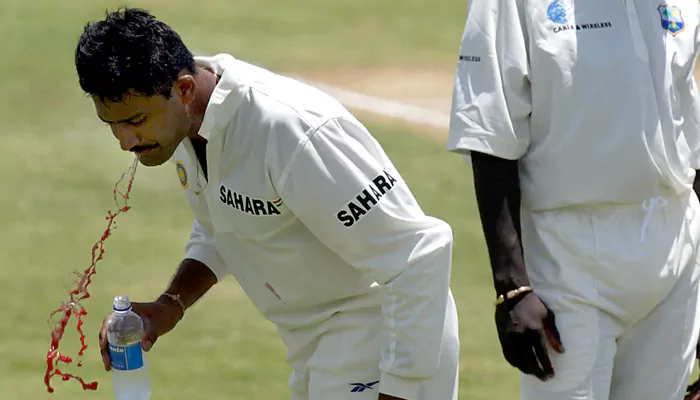
Credit: Onmanorama
Most would have considered his tour over at that point, with surgery already scheduled in Bangalore. Yet, cricket often defies logic, and the sport's spirit of resilience and passion was about to show itself once more.
Later that day, while in the dressing room watching Sachin Tendulkar bowl part-time leg-breaks, Kumble made a decision. With two West Indies wickets down and Brian Lara at the crease, Kumble turned to physio Andrew Leipus and insisted, “Get me out there.”
With thick white bandages wrapping his face and his jaw wired shut, Kumble marked out his run-up. The murmurs of the Antigua crowd and the silent awe of his teammates signaled the rarity of what was unfolding. His very first spell produced a moment to remember - dismissing Lara leg-before for just 4.
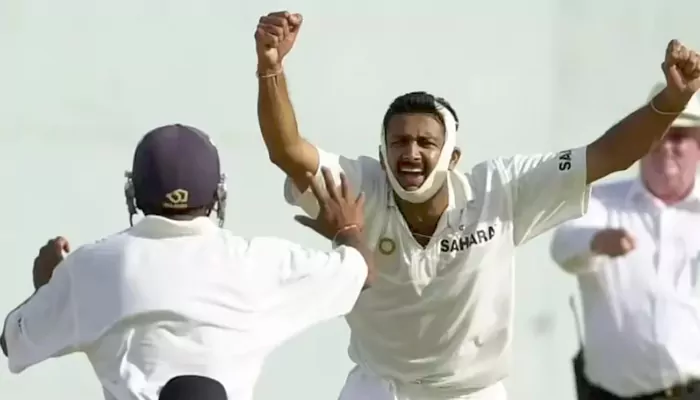
Credit: TOI
Even between overs, Kumble's determination was evident as he had his bandages tightened on the boundary to keep the pain at bay. Across 14 overs, he conceded just 29 runs and took the wicket of the one player who had the potential to bat India out of the match.
Kumble's effort was far more than symbolic bravery; it was a critical tactical decision. When Lara fell, West Indies stood at 2 for 47 in their second innings and India still nursed faint hopes. By removing the opposition's best match-winner early, Kumble forced the rest of the batting order to face India's spin without their anchor.
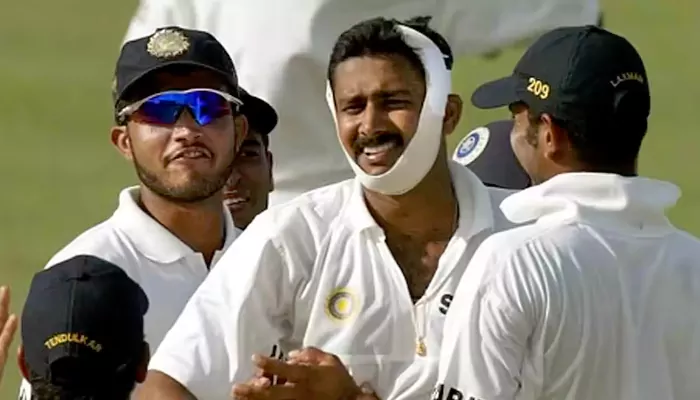
Credit: TOI
Kumble's economy rate in that spell - 2.07 runs per over - was more restrictive than any other Indian bowler in that innings. Even in pain, his control remained steadfast.
The scoreboard faded, but Kumble-jaw wired, defying agony-became the enduring image of heroism. His grit, on foreign soil, turned a drawn Test into a lifelong symbol of Indian resilience. That spirit, not the result, is what we remember each August.